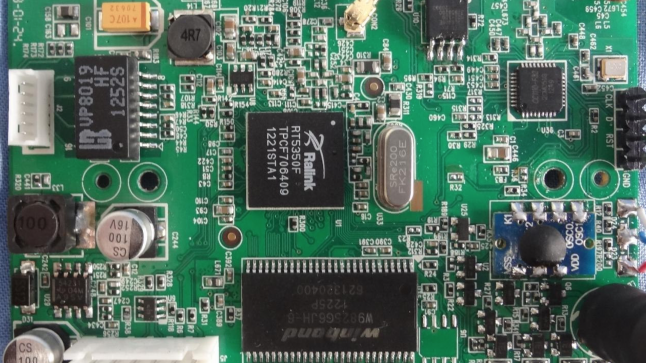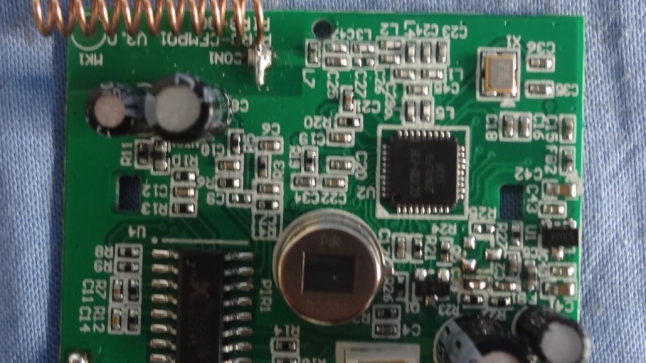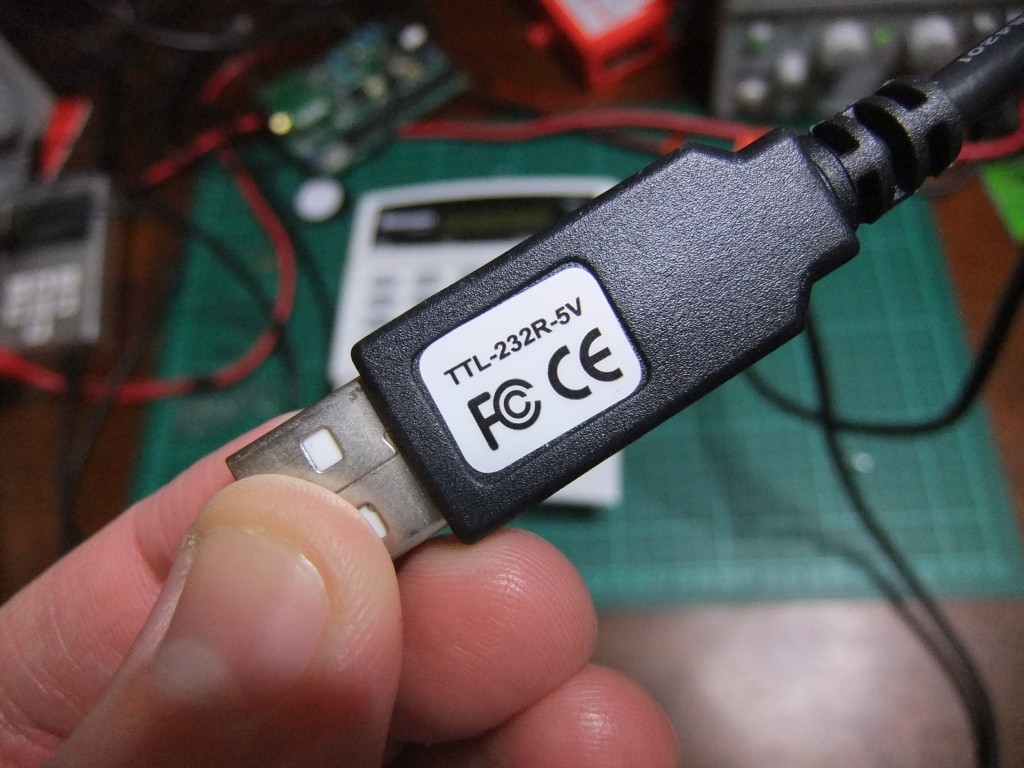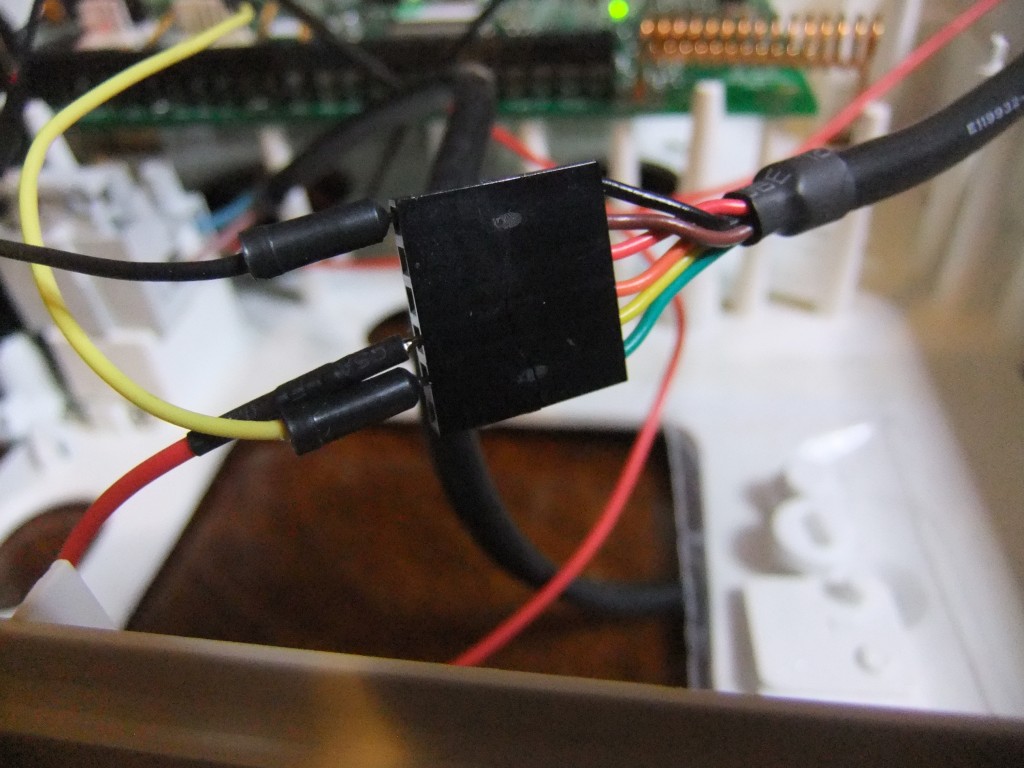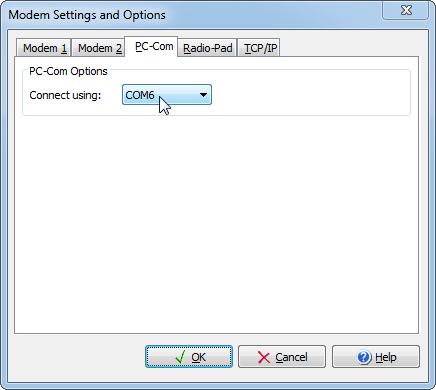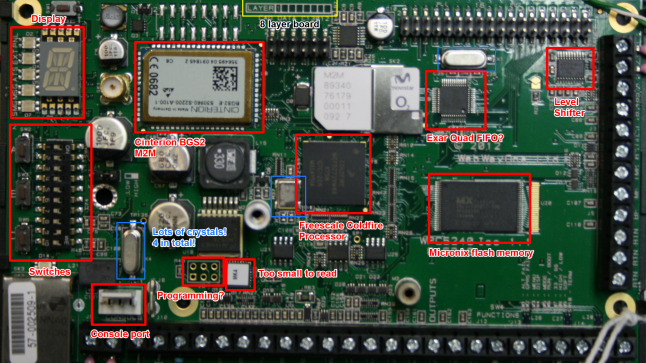Several times I have been asked which wireless alarm system I would recommend, so I thought I would write a quick blog post.
I’ll start with some simple points:
- Wired is always going to be more secure than wireless – so if possible, go for a wired alarm. They are also cheaper, less prone to false alarms, and need less maintainence.
- An alarm install is more than the equipment. You need to think about which detection devices you need, where to place them, and what the alarm does when it goes off. You can buy the best equipment, install it badly, and have a poor alarm system. You could also buy mediocre equipment, install it well, and have decent alarm system.
- An alarm system that you do not use might as well be replaced with a bell box. Think about usability, maintenance, lifetime and so on when choosing.
I’ll also be realistic. At this point in time, home alarms are not being actively jammed, are not seeing replay attacks, encryption broken and so on.
I’d also recommend that a lot of people go with a professional installer. Alarms aren’t always easy – it’s definitely something that needs experience, especially if you want a neat and efficient install. There are a lot of great installers out there who really know what they are doing and take great pride in their work. There are also a number who don’t, so chose with care. I only have one piece of universal advice here – avoid ADT.
Alarms to avoid
Yale Wirefree
This uses one-way OOK 434MHz. This makes it very easy to jam (intentionally and unintentionally). It means that battery life is lower than it can be. There is very limited functionality.
On the upside, it is low cost, easy to setup, and the voice dialler is cheap.
Yale don’t seem very responsive or open about the limitations of this system.
Friedland Response
Uses one-way FSK 868Mhz. Very easy to jam, and battery life not as good as it can be. Functionality is incredibly limited on a lot of the alarms – there isn’t even a LCD display on many of them.
It is cheap though, and easy to setup.
Friedland aren’t very responsive about issues with this alarm – they requested that I don’t quote any of my communications with them.
Here is what they had to say though:
We have been selling wireless alarms since 1990 and code issues have never been a problem.
Potential burglars would need extensive knowledge and equipment to overcome any alarm system.
Most domestic burglaries are done by opportunists who would be put off breaking into an alarmed home and would not attempt to interfere with the alarm as they know this in itself would cause the alarm to activate, even if it wasn’t alarmed!
Alarms I’m not sure about
Scantronic/Cooper Ion
This is a 1-way system which has many of the disadvantages of the Yale Wirefree and Friedland Response. The actual alarm is a full featured grade 2 panel though, so it has that on it’s side.
In communication with Cooper, it doesn’t seem they realise how dangerous leaking firmware can be, how easy it is to disassemble.
I expect that some really clever person with a lot of time on their hands might figure out a way to poke around in the binary stuff and – eventually – figure out a way to do something mischievous but this would be fraught with all sorts of difficulties. But we are, of course, aware that eighteen year olds can hack into FBI computers from their bedrooms and so anything is possible given enough time and effort.
Yale Easyfit
This claims to use 868MHz, rolling codes, and better anti-jam functionality. I have one to test but haven’t had much of a look – it still looks to be a one-way system which really limits what you can do with rolling codes and jamming detection. The functionality is still very basic.
Honeywell Domonial
These seem to get put into new-builds a lot. I’ve been warned by installers these are hell to program, and this is coming from people who think the Honeywell Galaxy is a walk in the park.
Visonic PowerMax
I don’t like these guys as a company. The alarm system claims to be 2-way, but only a very limited number of components (not including the detectors) are 2-way. The alarm also claims to use FHSS but at 64hops/s using only 4 frequencies i.e. it’s token and will do little to improve security or interference immunity.
Being misleading like that makes me unhappy.
Alarms to buy
Pyronix Enforcer
Uses a two-way 868MHz protocol with encryption. This means jamming can be easily detected and detectors know when the system is armed or not, extending battery life. The system is grade 2 which means it could be professionally installed and insurance companies will take note.
The control panel and keypad are integrated (which is fairly rare in grade 2 alarms). This makes installing easier, but it is large and not very attractive. The LED colours are a bit bling and very bright.
The system is quite easy to setup with few pitfalls. Learn the detectors, chose zone and type, program some users and codes and it will work as a basic alarm.
There is a wealth of functionality such as soak tests, double knock triggering etc.
The alarm is readily available on eBay and other online sellers.
The wireless protocol isn’t perfect, but it is adequate for home use.
The manufacturer is responsive and upfront about potential issues with their system.
Texecom Premier Elite (Ricochet Technology)
Uses a two-way 868MHz protocol with encryption which builds up a wireless mesh network. Jamming can be detected and detectors know when the system is armed or not, extending battery life. The system is grade 2 which means it could be professionally installed and insurance companies will take note.
The control panel and keypad are separate. This makes installing a little harder than the Pyronix, but it is more secure as the control panel can be hidden. The keypads are more discrete as well.
The system is relatively hard to setup compared to the Pyronix Enforcer. You need to have a better idea of what you are doing to get everything set correctly. I can easily see that you can program the alarm in a way which means it either wouldn’t alarm when it needed to, or would alarm when it didn’t need to (this is why professional installers exist!).
There is a lot of functionality in the system – the smaller panels are just cut down versions of the much larger ones.
The alarm is relatively hard to get hold of – eBay is your best bet. It’s really only marketed to professional installers.
The wireless protocol is very well designed.
There is excellent software provided with the alarm that allows you to program it from a PC. This makes everything so much easier. You just need an FTDI cable to connect to the alarm.
The manufacturer actively engages with the installer community and myself about potential issues. Frequent firmware updates are available.
The alarm is designed and manufactured in the UK.



